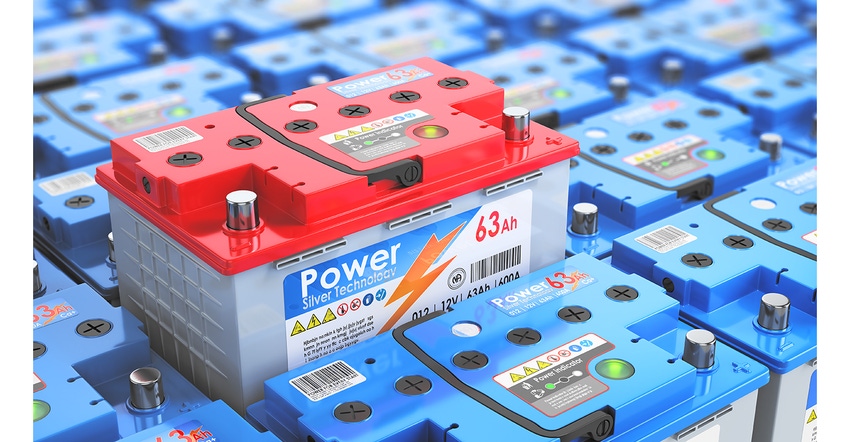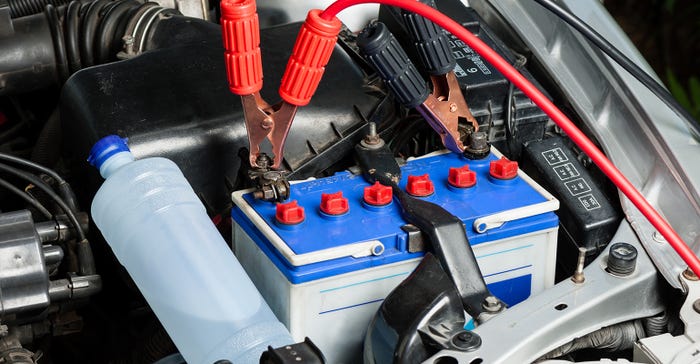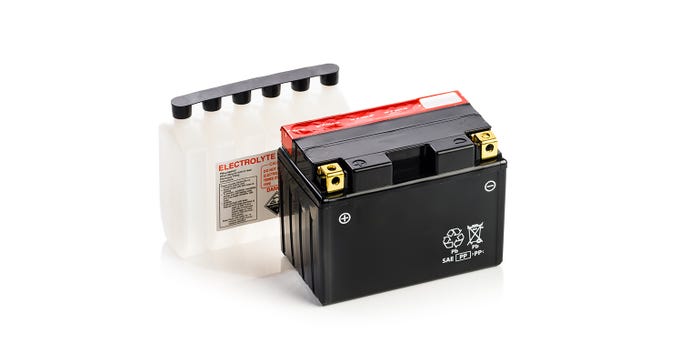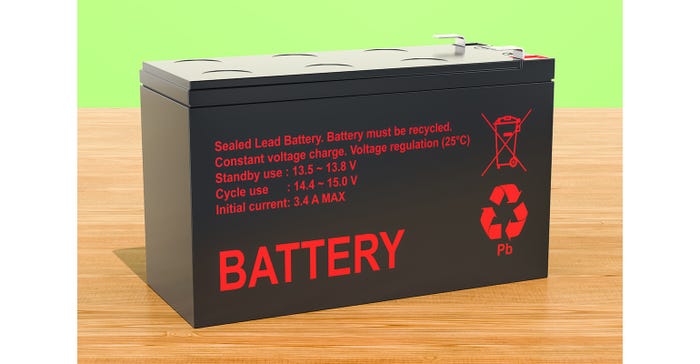
At a Glance
- Lead-acid batteries
- SLA batteries
- VRLA batteries
Lead-acid batteries are a widely used and established type of rechargeable battery known for their reliability and cost-effectiveness. They are available in various types, each designed to suit specific applications and operational requirements. Here, we will delve into the most common types of lead-acid batteries and their key characteristics.
Flooded lead-acid batteries
Flooded lead-acid (FLA) batteries, also known as wet cell batteries, are the most traditional and widely recognized type of lead-acid battery. These batteries consist of lead plates submerged in a liquid electrolyte, typically a dilute sulfuric acid solution. They are commonly found in automotive applications, such as cars, motorcycles, and trucks. Key features of flooded lead-acid batteries include:
Applications: They are primarily used as automotive starting batteries, supplying the high current needed to start internal combustion engines.
Maintenance: They require periodic maintenance, including adding distilled water occasionally to replace evaporated water and maintain electrolyte levels.
Durability: Flooded lead-acid batteries are known for their robustness and ability to withstand various environmental conditions.
Cost-Effectiveness: They are cost-effective but require regular maintenance to ensure longevity and optimal performance.

Car battery with jumper cable. Courtesy of NorGal/iStock / Getty Images Plus.
Valve-regulated lead-acid (VRLA) batteries
VRLA batteries are a sealed lead-acid battery type that eliminates the need for maintenance and ensures a leak-free, spill-proof design. Some VRLA batteries, also known as sealed lead-acid (SLA) batteries, feature a sealed design to prevent electrolyte leakage and are typically maintenance-free. The 'sealed' aspect is essential for applications where the battery cannot be regularly inspected or serviced. Two common subtypes of VRLA batteries are absorbent glass mat (AGM) and gel batteries:
AGM (Absorbent Glass Mat) batteries incorporate a fiberglass mesh between the battery plates, effectively containing the electrolyte and providing a barrier between them. Key features of VRLA batteries are:
Applications: AGM batteries are used in backup power systems, alarm systems, emergency lighting, as starting batteries in motorcycles, and in recreational vehicles, boats, and off-road vehicles.
Maintenance: They are practically maintenance-free, with no need for topping up the electrolyte, but still require cleaning and regular functional testing.
Performance: AGM batteries offer excellent deep-cycling capability, making them suitable for applications that require repeated deep discharges.
Durability: They are well-suited for high-vibration and shock environments, thanks to their sealed design.

Valve regulated lead acid battery. Courtesy of nikkytok/ iStock / Getty Images Plus
Gel Batteries use a gel-like electrolyte formed by mixing sulfuric acid with fumed silica to make it immobile. They are designed for deep-cycle applications and offer several benefits:
Applications: Gel batteries are commonly used in deep-cycle applications, such as golf carts, electric wheelchairs, marine vessels, and off-grid renewable energy systems. They are also favored in backup power solutions where maintenance-free operation is desired.
Maintenance: Like AGM batteries, they are maintenance-free and do not require electrolyte refills.
Performance: Gel batteries have a high tolerance for deep discharges and offer reliable, long-lasting performance.

Sealed lead-acid battery. Courtesy of AlexLMX/ iStock / Getty Images Plus
While lead-acid batteries may not offer the high energy density or lifespan of some other battery technologies, their proven reliability and cost-effectiveness continue to make them a preferred choice in many industries, from automotive to renewable energy, providing a dependable and accessible source of stored energy. The world of lead-acid batteries presents solutions for many applications, ranging from reliable and economical flooded lead-acid batteries to hassle-free and hermetically sealed options like VRLA or sealed batteries.
About the Author(s)
You May Also Like





